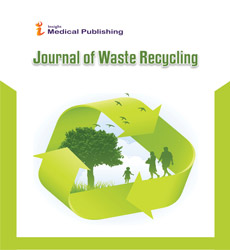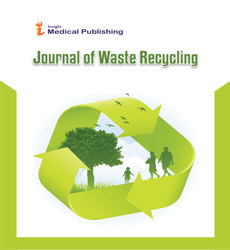The potential of termite mound spreading for soil fertility management under low input subsistence agriculture
Abstract
Termites can play a localized prominent role in soil nutrient availability and cycling because mound materials are often enriched in nutrients relative to surrounding soil. Mound materials may thus prove to be useful amendments, though evidently mound spatial arrangement needs to be considered as well. Furthermore, it is not known if gradients of soil properties exist from termite mound to interspace sites. Studying both aspects would be required to decide whether spreading of mounds or spatially differentiated management of surrounding crop to accommodate soil fertility gradients would be valid nutrient-management strategies. Mound abundance and mass were estimated at 9 and 4 mounds ha-1, representing 38.9 and 6.3 t ha-1 on Nitisols and Vertisols, respectively. Soil physical and chemical properties were measured on samples collected from internal and external parts of mounds and adjacent soils at 0.5, 1 and 10 m away from mounds. In general, termite mounds were enriched in plant nutrients and SOC on Vertisols but not on Nitisols. Termite mounds constituted only 0.3 to 1.3% of the 0–15 cm SOM stock on a per ha basis but nevertheless the immediate vicinity of termite mounds was a relative fertile hotspot. Hence, under the studied condition, we suggest spatial arrangement of crop around termite mounds according to soil fertility gradient and spatially differentiated nutrient management strategies. Our result suggests recommendation of termite mound spreading for soil nutrient amendment has to consider plant nutrient stock in termite mounds on per ha basis besides their nutrient enrichment. Interesting topics for future investigation would be growth experiment for different crops with mound materials treatment. It would also be interesting to study the effect mound building termite on soil properties under different soil conditions, slope class and land use.

Open Access Journals
- Aquaculture & Veterinary Science
- Chemistry & Chemical Sciences
- Clinical Sciences
- Engineering
- General Science
- Genetics & Molecular Biology
- Health Care & Nursing
- Immunology & Microbiology
- Materials Science
- Mathematics & Physics
- Medical Sciences
- Neurology & Psychiatry
- Oncology & Cancer Science
- Pharmaceutical Sciences
